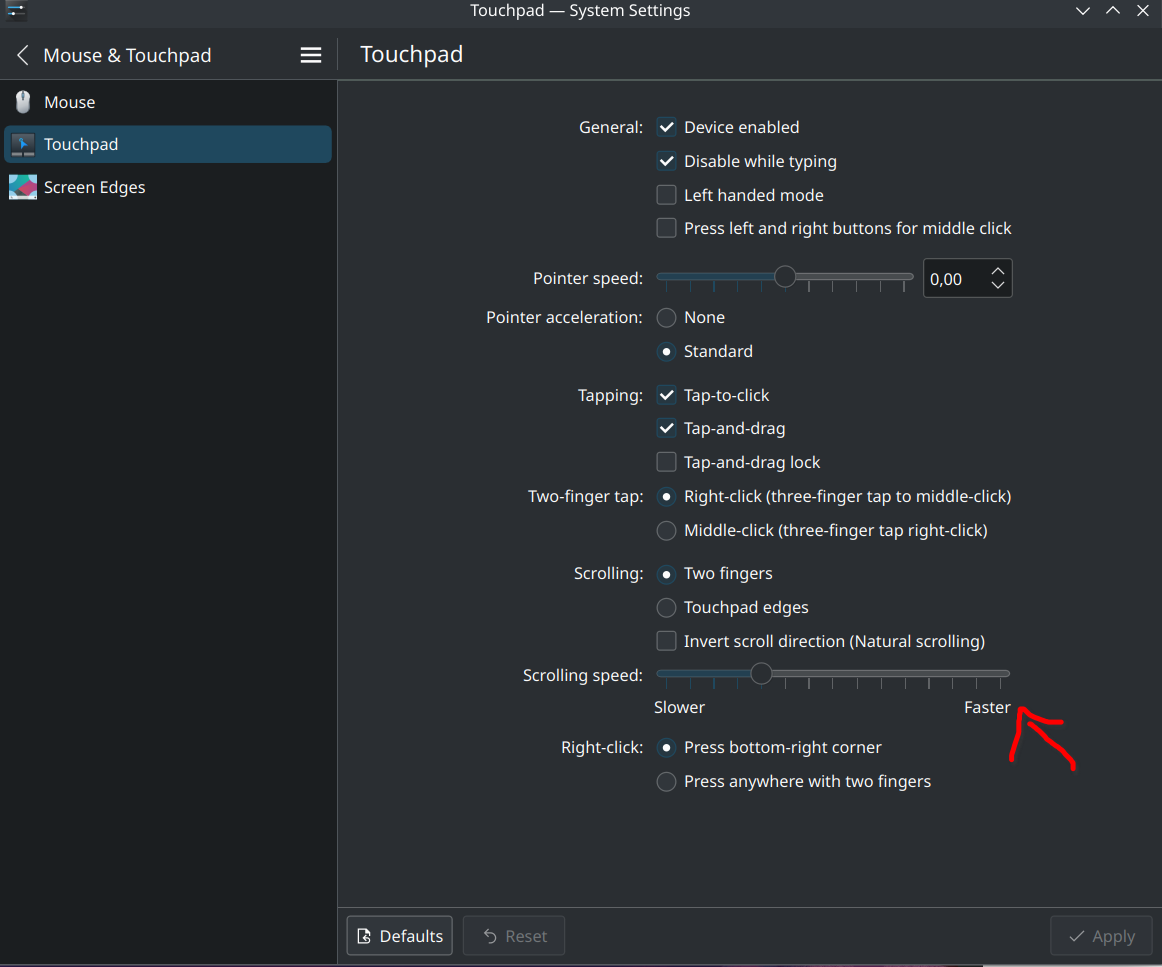

That only applies to the GNOME variant, the KDE spin is missing the third party repo toggle.
At least the Flathub repo is fixed on the GNOME variant now. The Nvidia repo is added but the driver is not installed, meaning you still need to use the CLI to install the drivers.


Does it lock up when booting? Fedora’s kernel has issues booting on Surface devices since Fedora 39.
You either need to switch kernels (e.g. linux-surface kernel) on a different machine or switch distro.
Running an outdated Fedora version is not the solution.